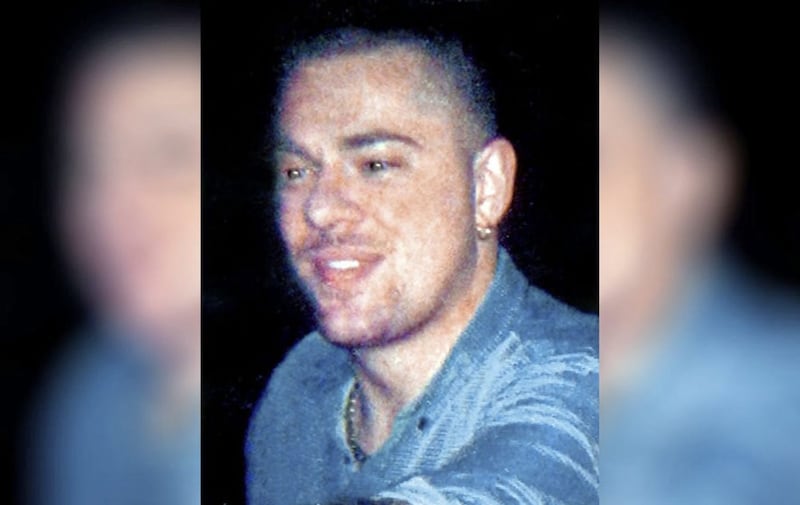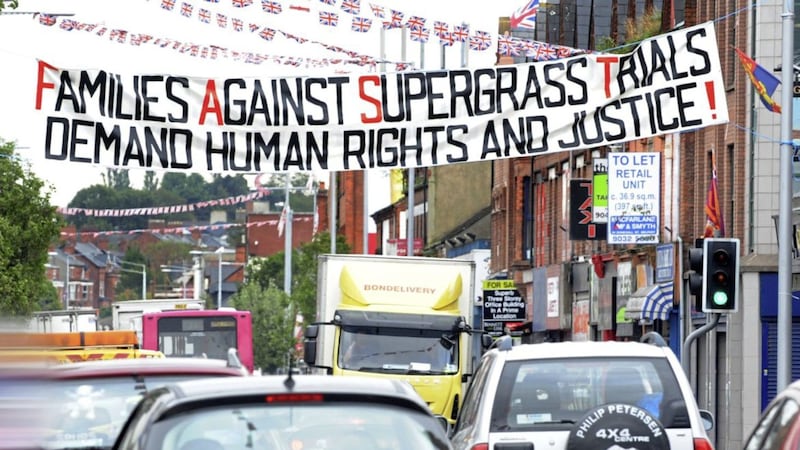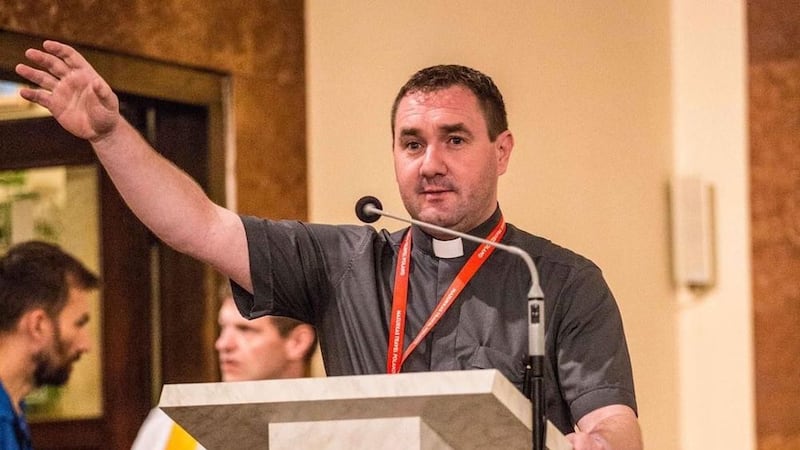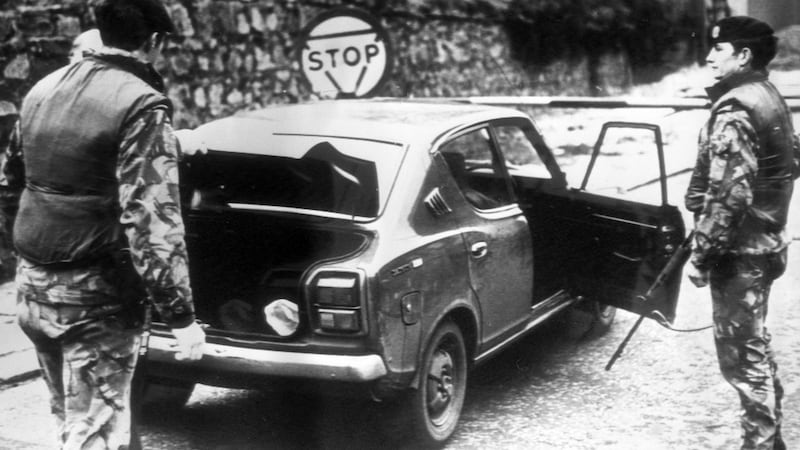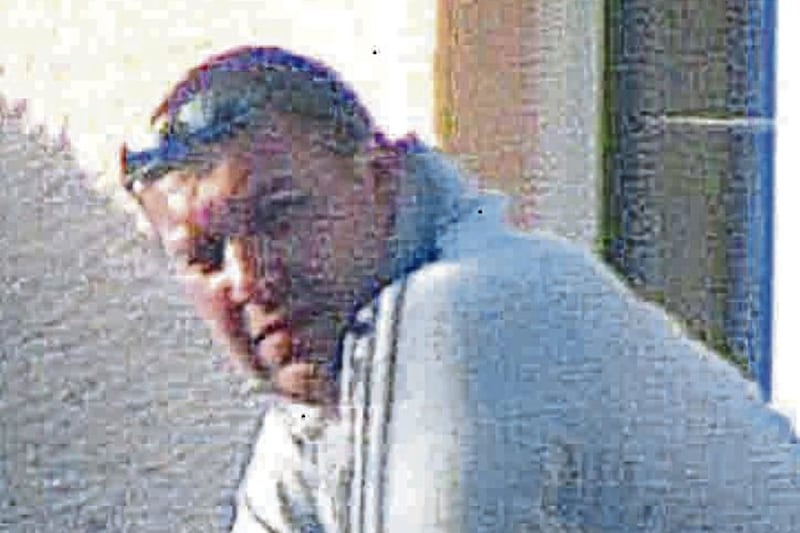THE decision not to use key evidence from a loyalist 'supergrass' has put the use of informers in trials under the spotlight once more.
Former UVF commander Gary Haggarty, who has admitted to a litany of crimes including five killings, accused 11 other paramilitaries and two police officers of involvement in murders.
But the Public Prosecution Service has now said his evidence is not enough to prove the allegations beyond reasonable doubt.
The use of supergrass evidence in the north's courts has proved controversial since the "show trials" of the 1980s.
In the early 1980s hundreds of republicans and loyalists were convicted on the evidence of informers.
But by the middle of the decade, the supergrass system had collapsed over concerns about the credibility of the evidence and complaints from the judiciary that they were being used as political tools.
The supergrass system has been used again more recently - notably in the case against loyalist Mark Haddock and 12 others.
New supergrass legislation, said to be watertight, was rehashed under the 2005 Serious and Organised Crime and Police Act (SOCPA).
And it was initially used with a degree of success.
In April 2009 mid-Ulster loyalist Steven Brown, also known as Steven Revels, was convicted of murdering Portadown teenagers David McIlwaine and Andrew Robb in Tandragee in February 2000 on the evidence of co-accused Mark Burcombe.
Read more: Allison Morris - Hopes for justice lie in tatters as Haggarty's crimes go unpunished
Video: Thirteen suspects implicated by loyalist 'supergrass' Gary Haggarty will not be prosecuted
However there was corroborating forensic evidence in the case.
The biggest test of the SOCPA legislation came during the 71-day trial of 13 loyalists in 2011/12.
In the case against Mark Haddock and 12 others the prosecution had to rely solely on supergrasses Robert and Ian Stewart whose evidence proved to be deeply unreliable.
The pair were self confessed thugs, thieves and drug addicts.
And Robert Stewart admitted he had had sex with underage girls.
Of the 13 men on trial - 12 were acquitted of all charges. Only one, Neil Pollock, was convicted of possessing items intended for terrorism.
